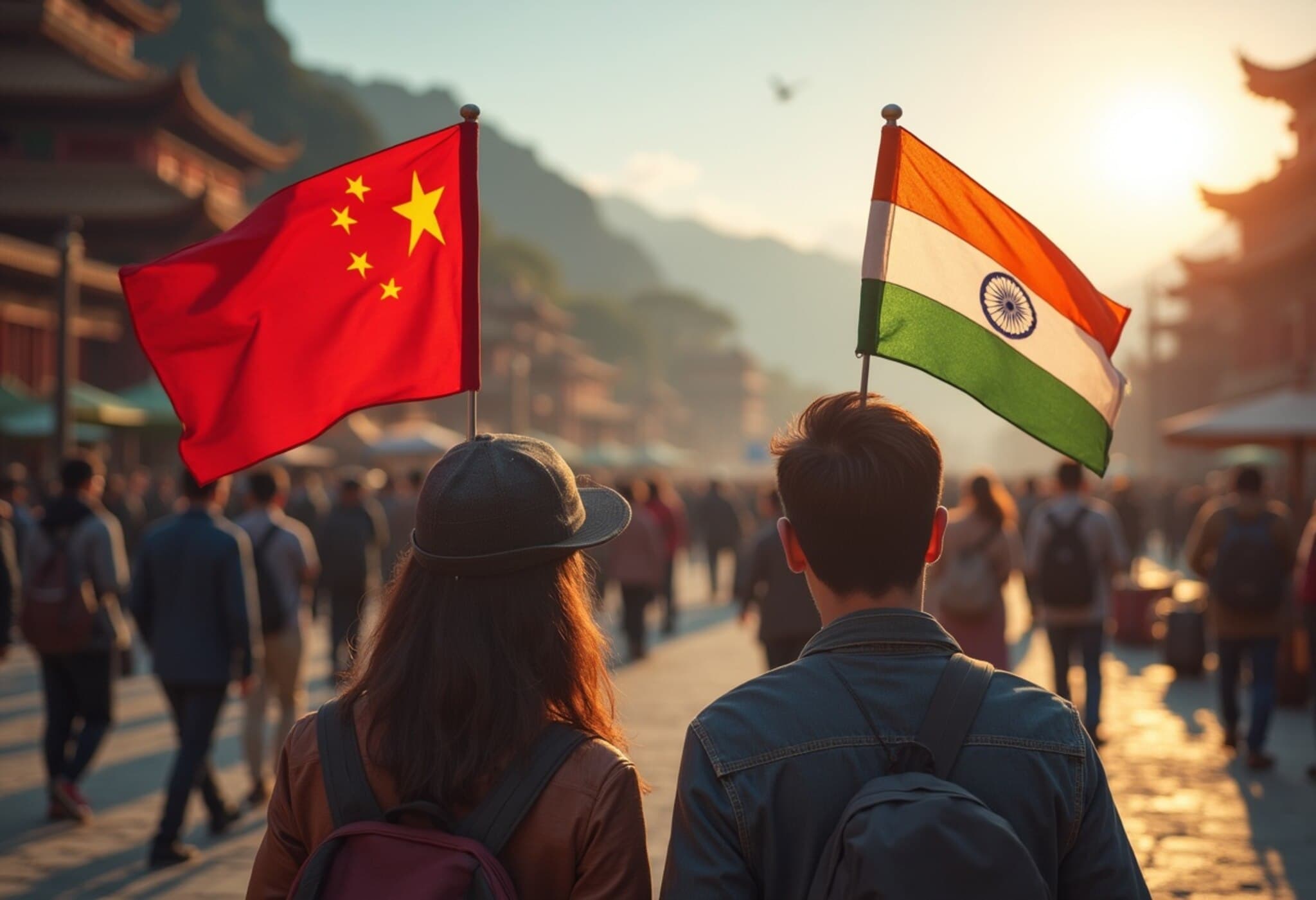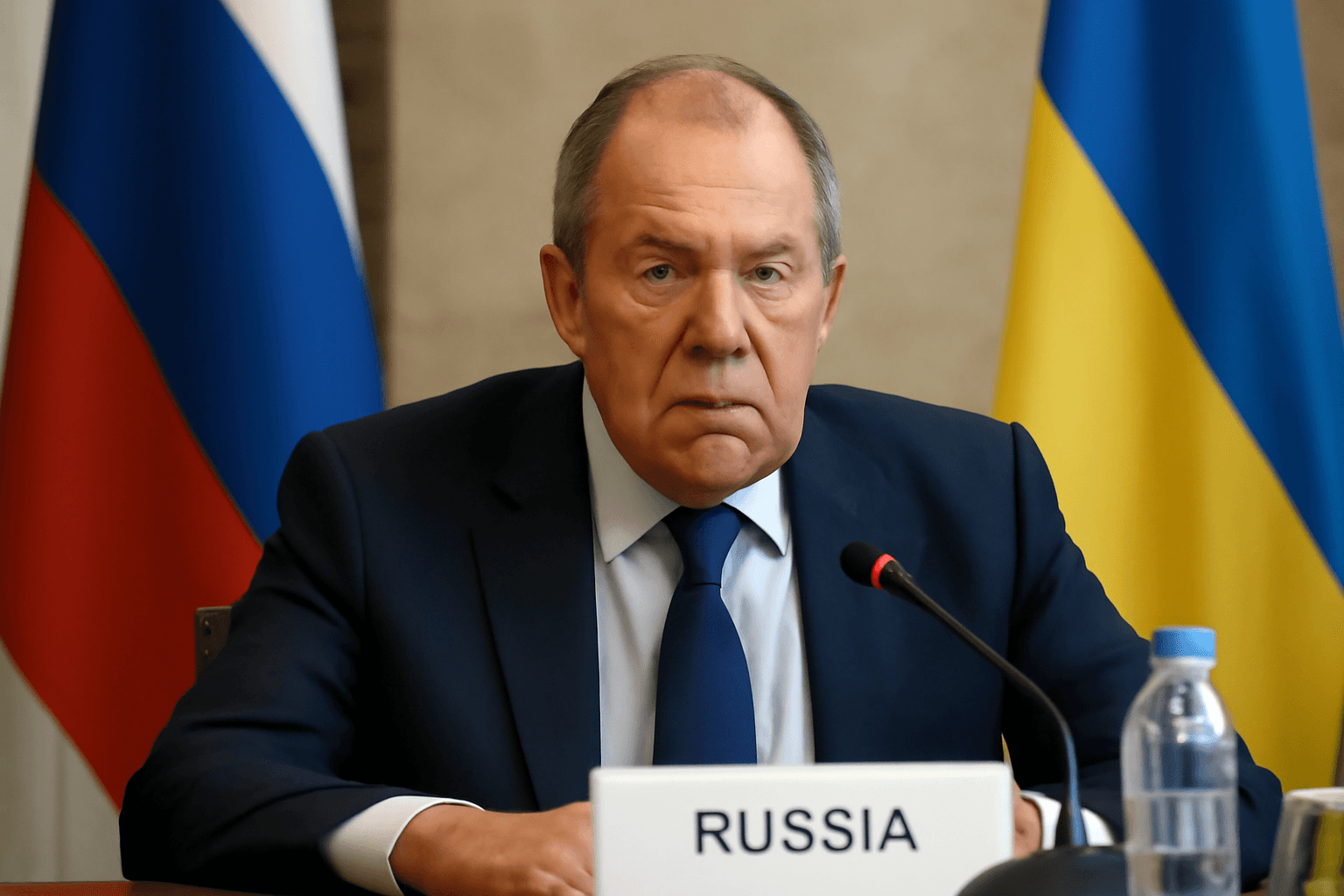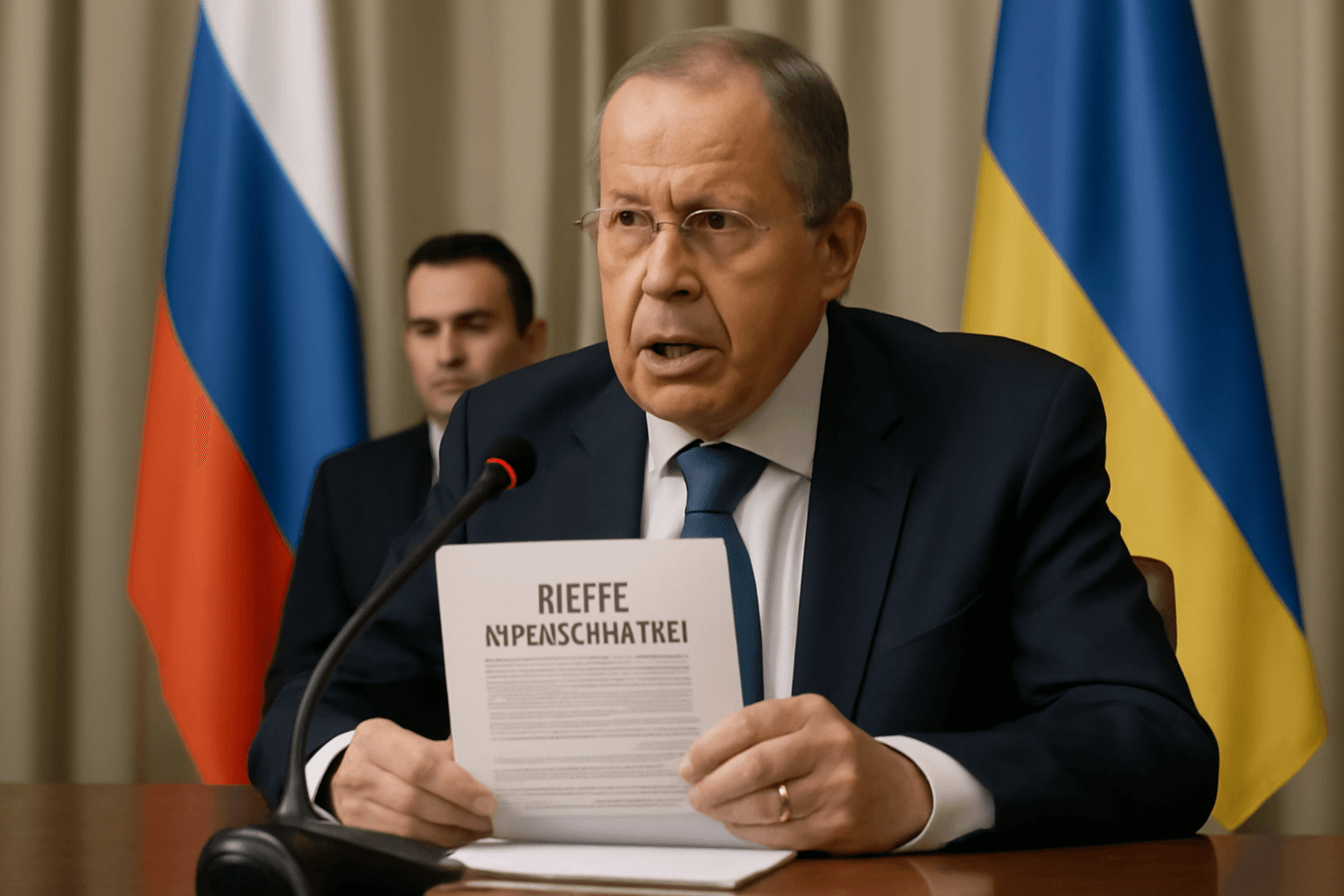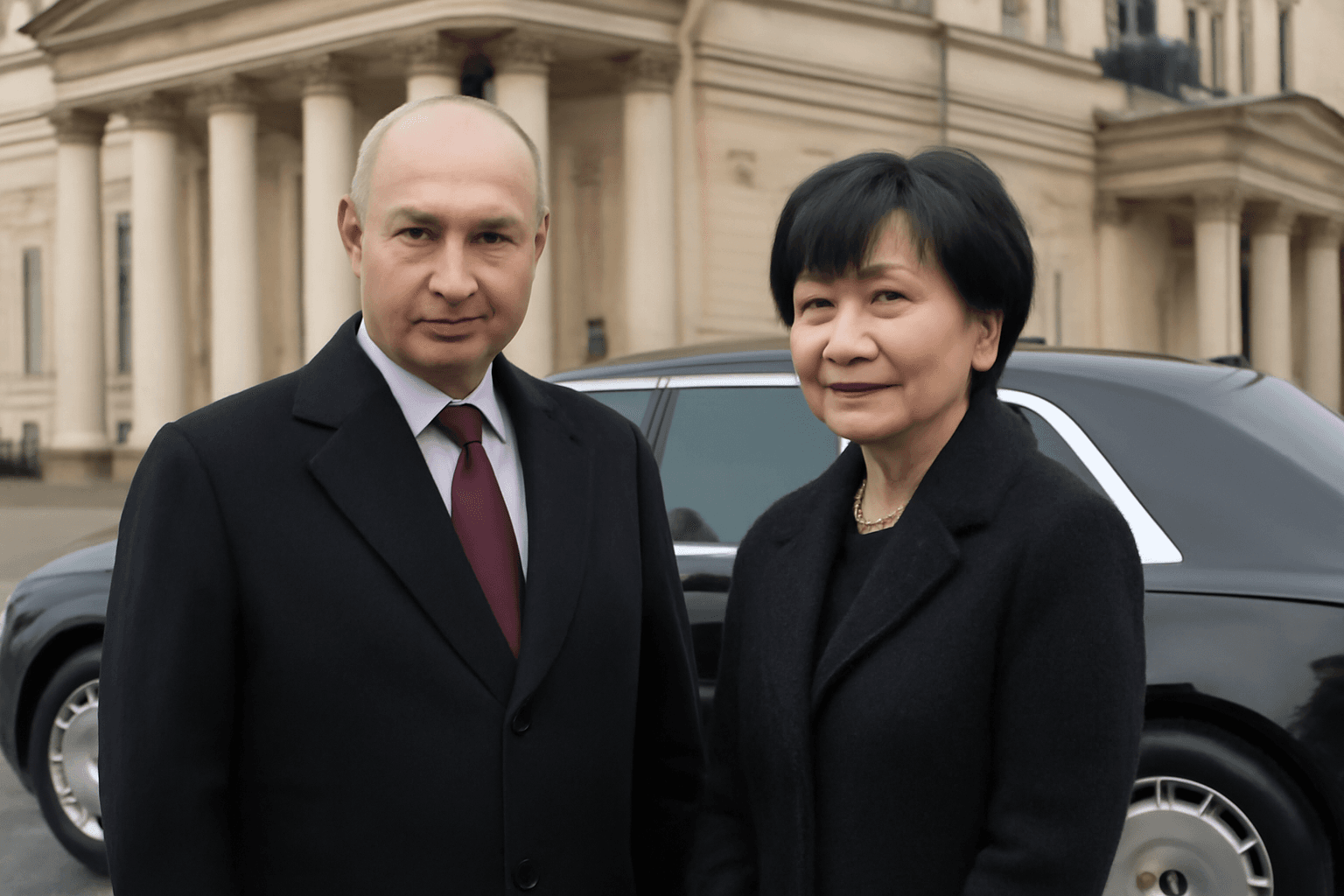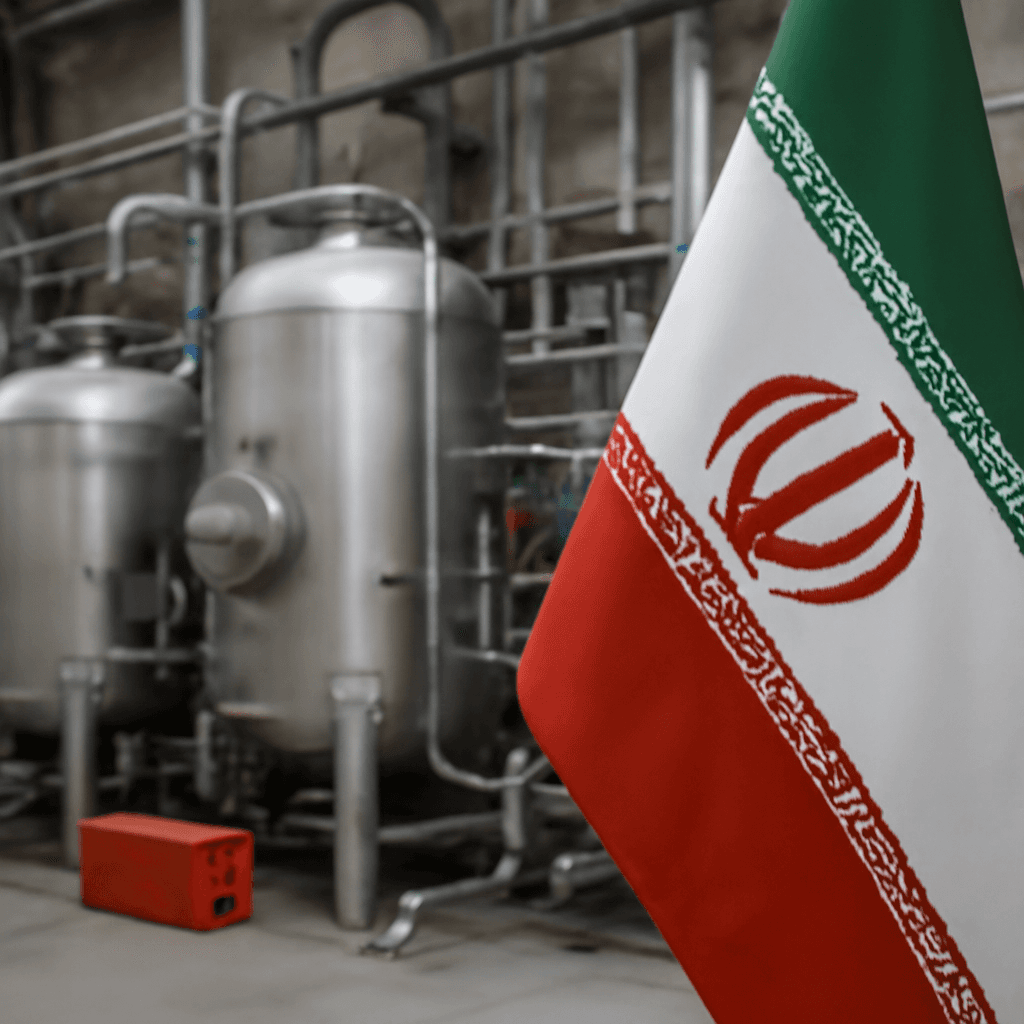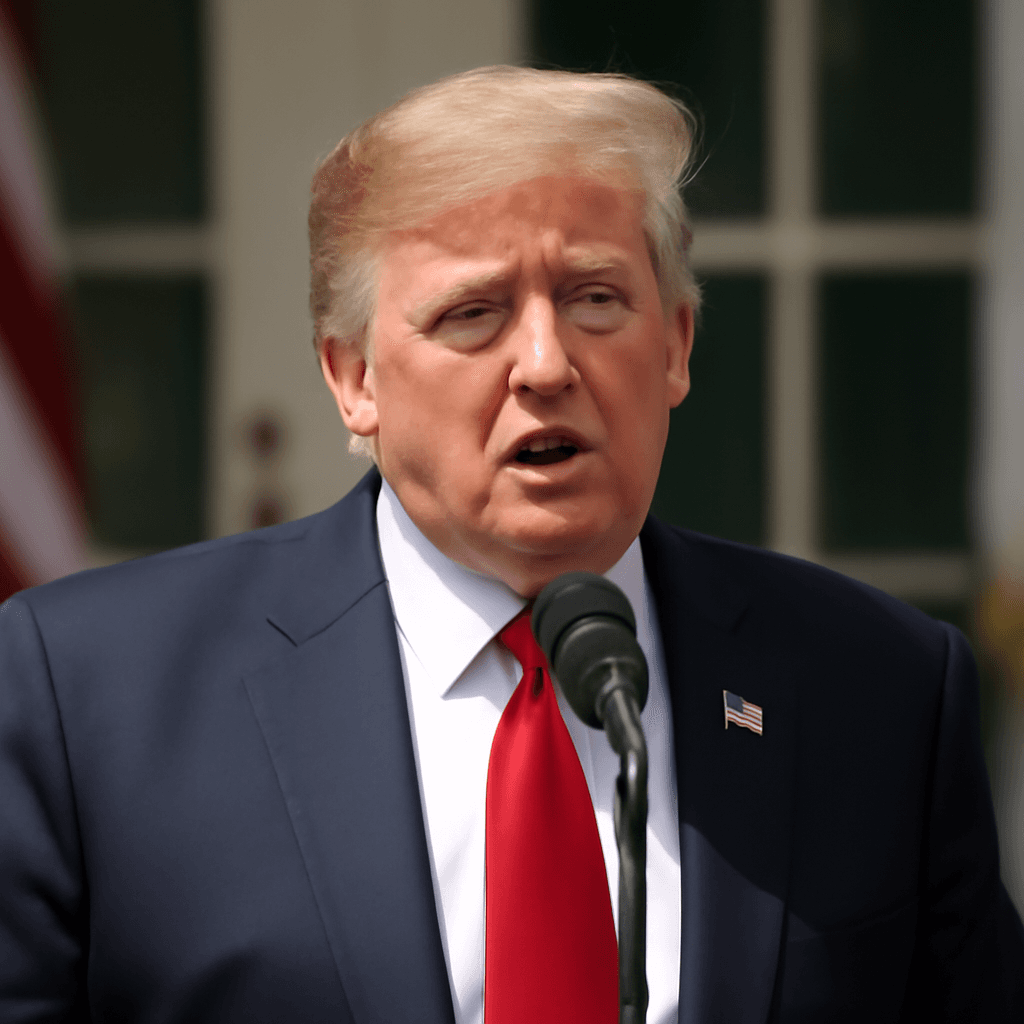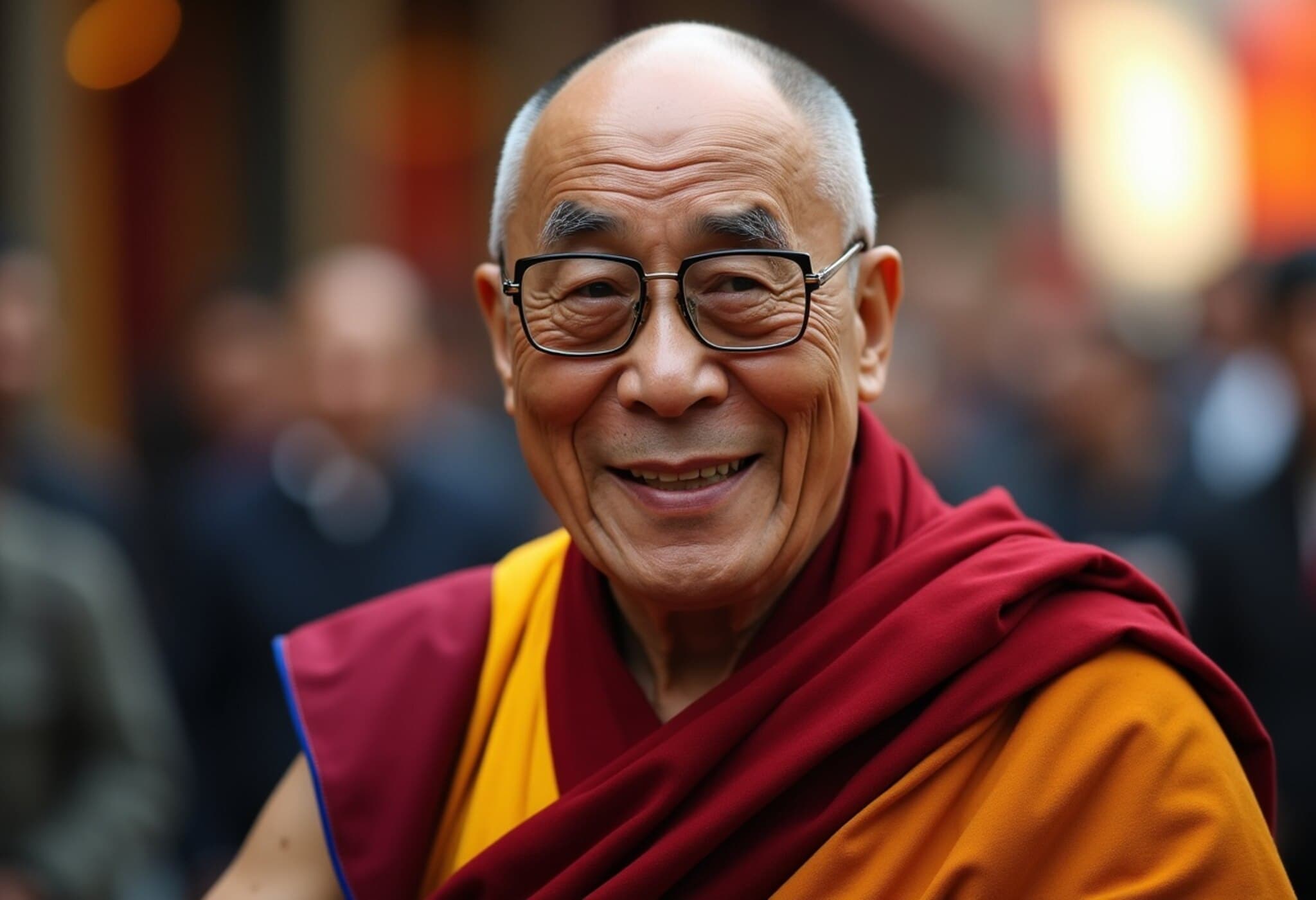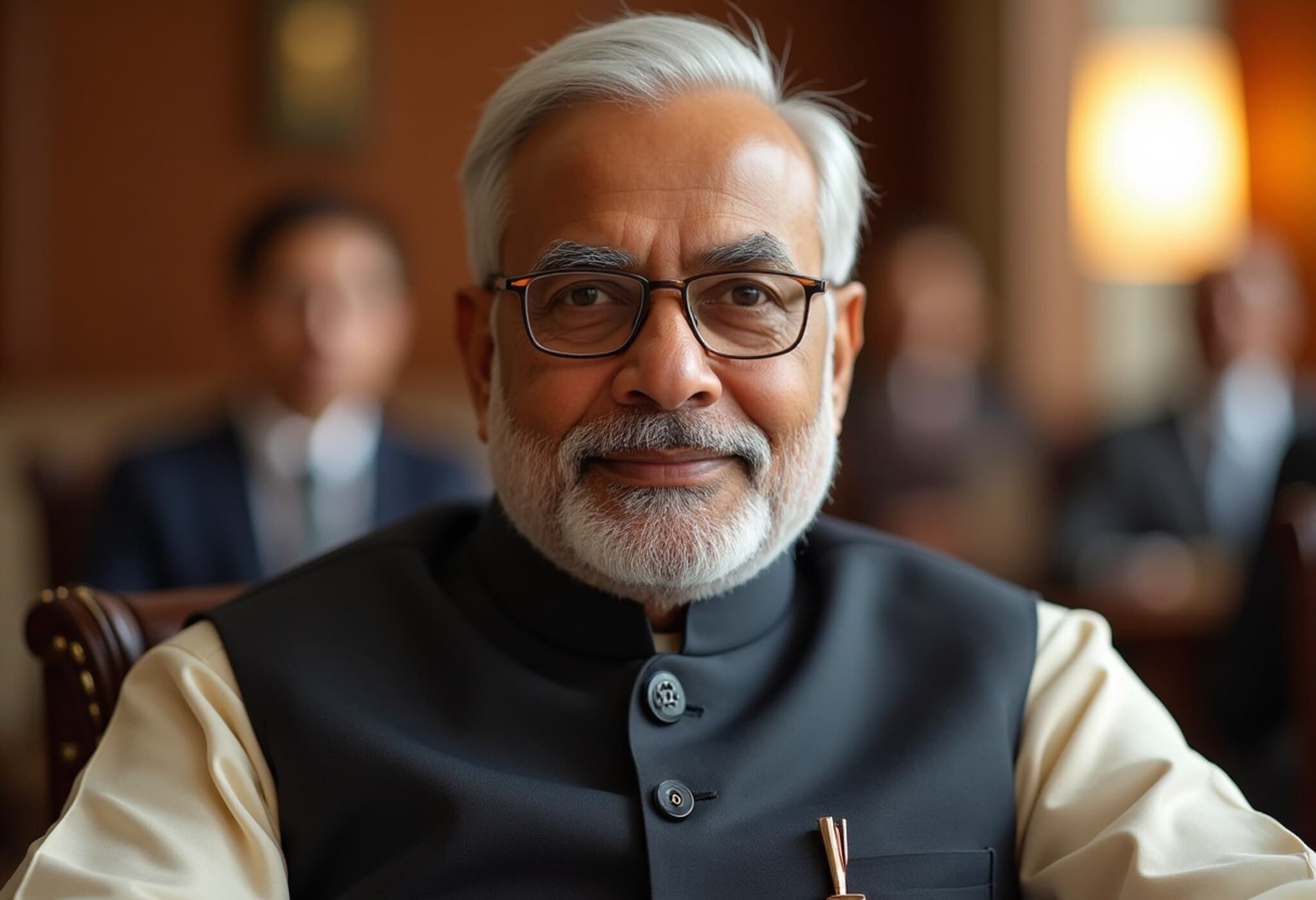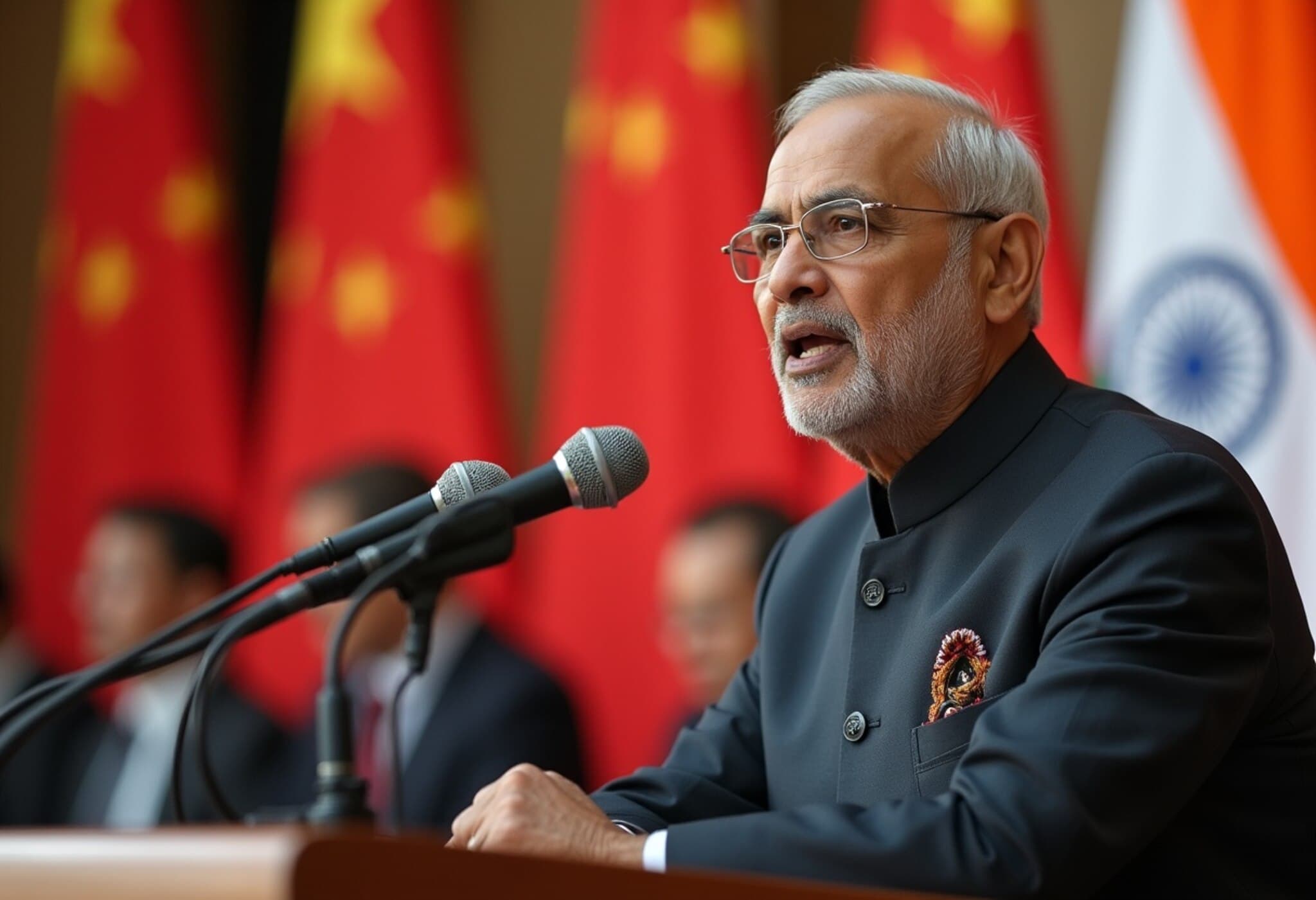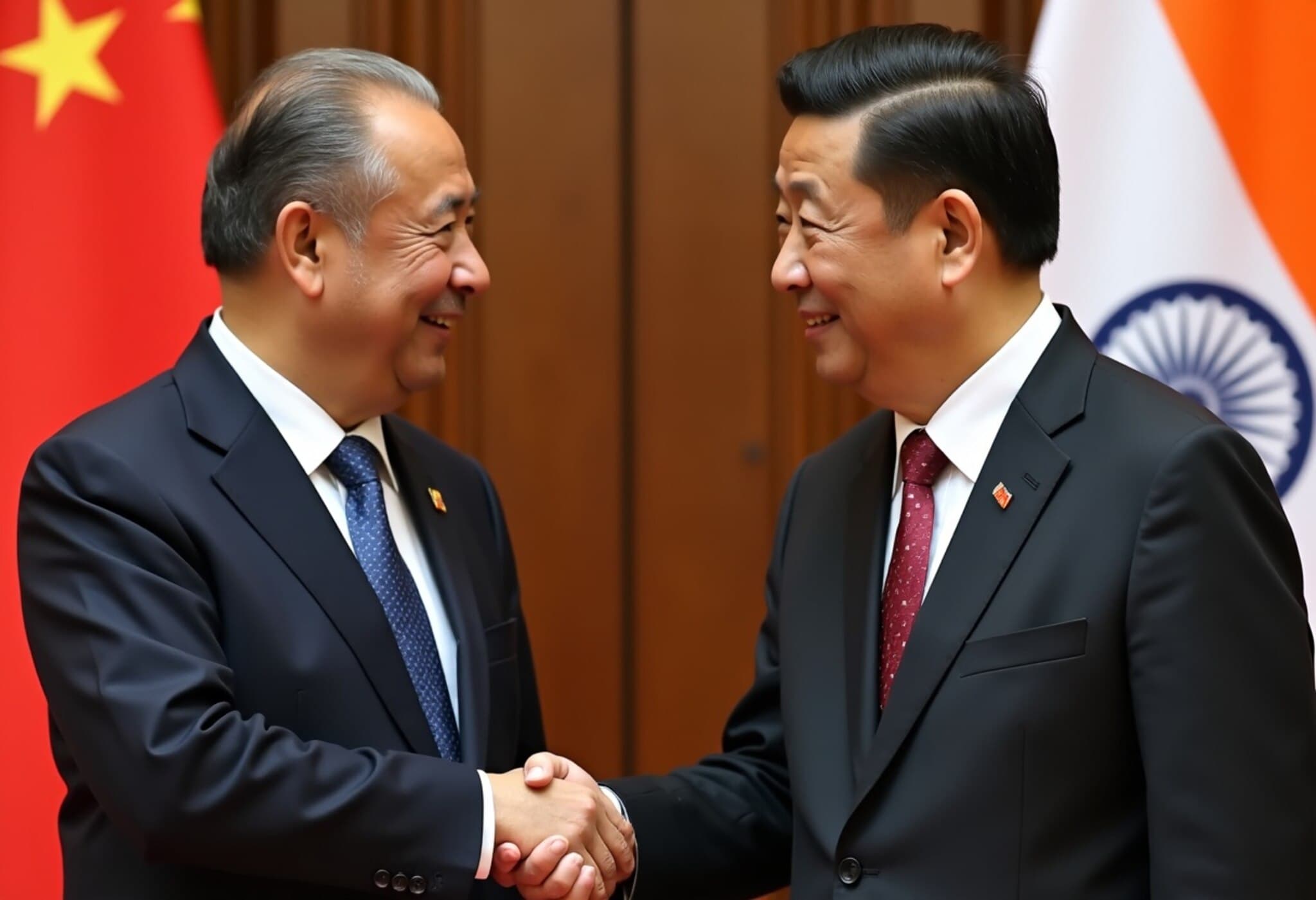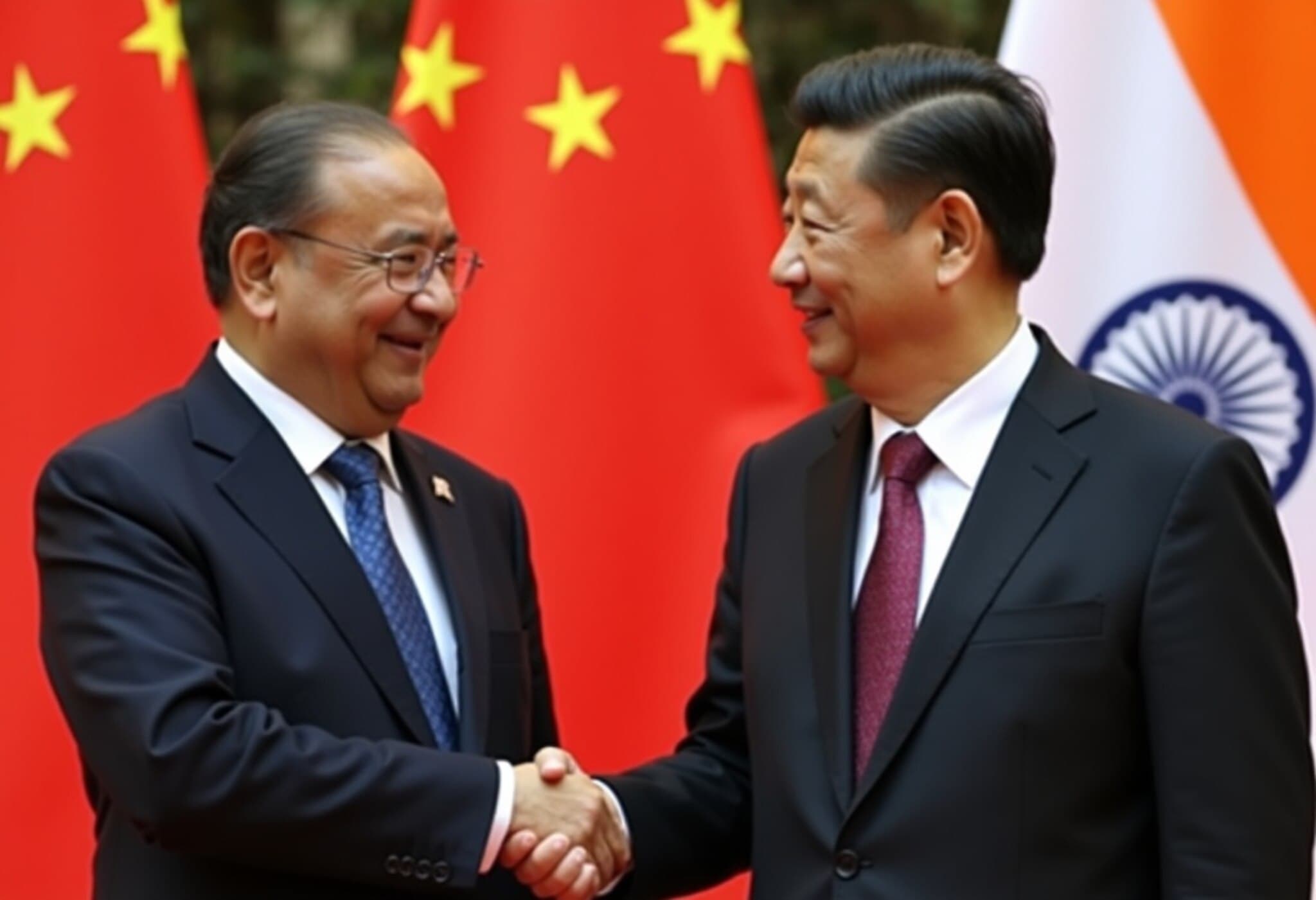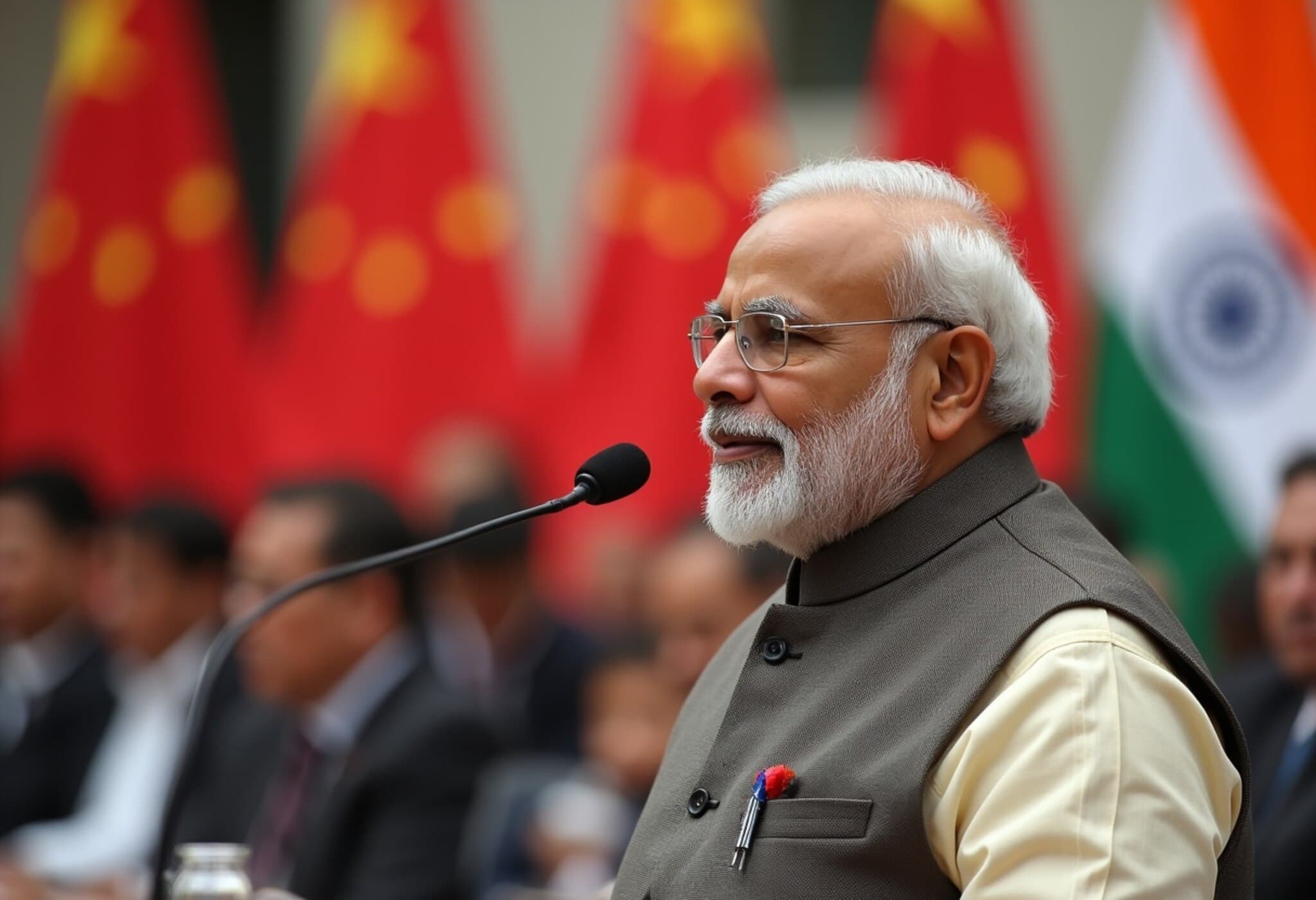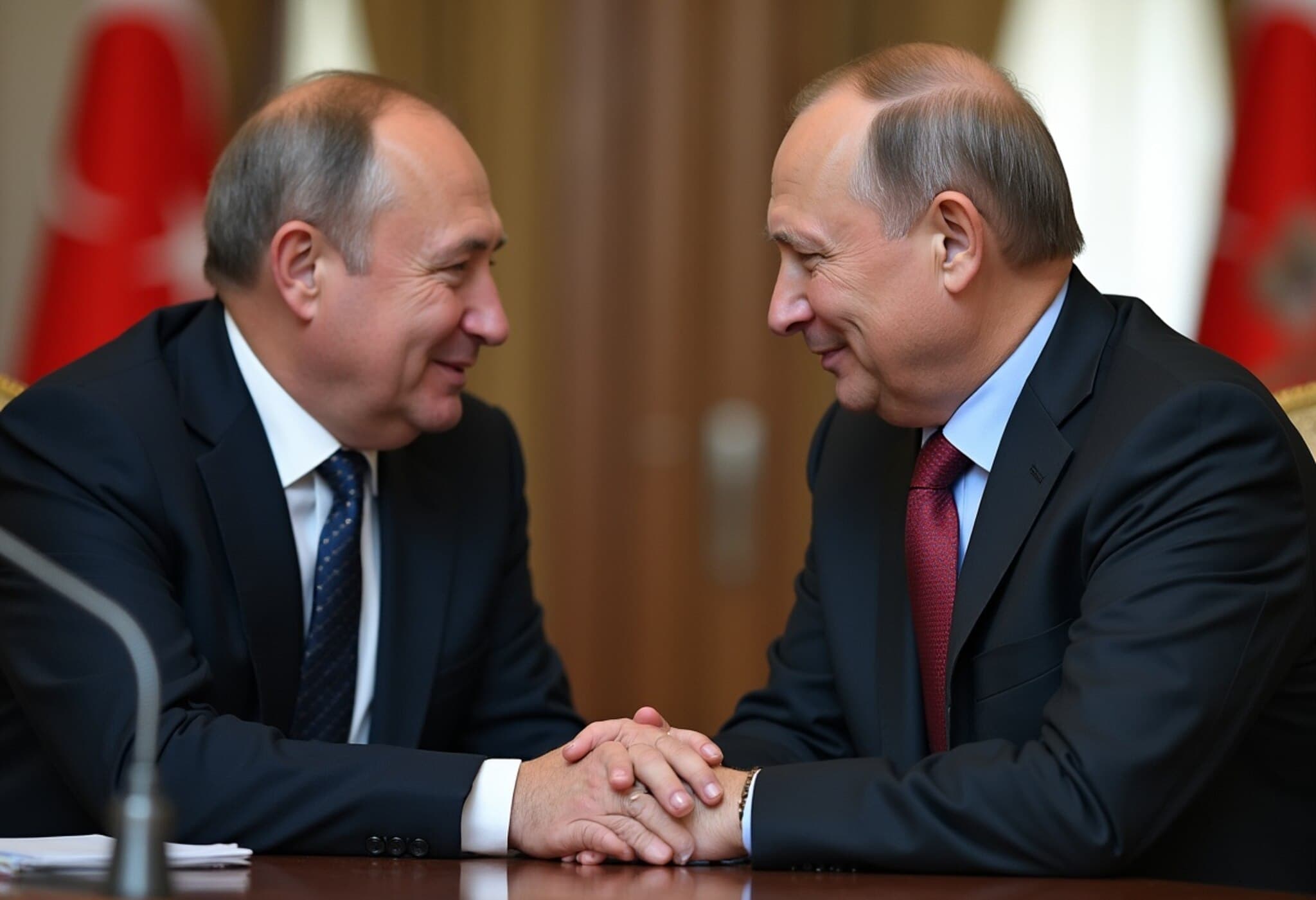India Restarts Visa Issuance for Chinese Citizens
In a significant diplomatic development, India has resumed the issuance of tourist visas to Chinese nationals starting July 24, 2025, a move warmly welcomed by China as an important step to ease cross-border travel and rebuild bilateral ties.
China’s Positive Response and Diplomatic Context
The Chinese Ministry of Foreign Affairs took to social media to describe India’s decision as a “positive move,” emphasizing that facilitating travel benefits both nations and underscores a shared interest in stability. China reaffirmed its commitment to maintain open communication channels and pursue further people-centric initiatives with India.
This progress follows earlier agreements made in principle between the two countries to resume direct flights, reinstate visa services, and revive the Kailash Mansarovar Yatra pilgrimage. These steps mark slow but steady progress in repairing the strained relationship since the 2020 border clashes in eastern Ladakh.
High-Level Diplomacy: Recent Visits and Agreements
India’s Foreign Secretary Vikram Misri recently spent two days in Beijing engaging in comprehensive dialogues with Chinese counterparts. Reflecting on discussions held between Prime Minister Narendra Modi and Chinese President Xi Jinping during the October 2024 summit in Kazan, the Ministry of External Affairs highlighted agreements to:
- Resume the Kailash Mansarovar Yatra in summer 2025
- Hold early meetings under the India-China Expert Level Mechanism
- Discuss vital cooperation on trans-border rivers including hydrological data sharing
Jaishankar’s Strategic Visit
Furthering diplomatic engagement, External Affairs Minister S. Jaishankar met President Xi Jinping and Foreign Minister Wang Yi in Beijing during the recent Shanghai Cooperation Organisation (SCO) summit. Jaishankar emphasized a long-term, mutually respectful approach to critical challenges. He underscored the need to:
- Resolve border-related issues
- Normalize people-to-people exchanges
- Avoid restrictive trade barriers
He expressed confidence that sustained dialogue based on mutual respect and sensitivity can propel ties on a positive trajectory.
Unresolved Challenges and the Road Ahead
Despite encouraging diplomatic steps, tensions linger from the deadly 2020 standoff at the Galwan Valley that strained relations. Both countries continue to deploy sizeable troop contingents—estimated between 50,000 to 60,000 soldiers each—along the Line of Actual Control (LAC) in eastern Ladakh. Full de-escalation and trust-building remain complex tasks requiring careful patience and diplomatic finesse.
Independent analysts note that easing travel restrictions and reviving cultural and religious exchanges like the Kailash Mansarovar Yatra carry profound symbolic and practical importance. These acts nurture people-to-people connections, which can be a sturdy foundation for deeper political and security dialogues.
Expert Perspective: Why This Matters
From an economic standpoint, reopening visa channels between two of Asia’s largest economies could boost tourism, trade, and investment flows, helping offset the economic disruptions caused by geopolitical tensions and the COVID-19 pandemic. Moreover, facilitating pilgrimages and cultural exchanges helps humanize a relationship too often defined by rivalry.
Experts caution that while visa resumption signals improving ties, sustained peace on the border and expanded cooperation will require continued high-level engagement and transparency.
Summary and Outlook
The resumption of tourist visas marks a cautiously optimistic chapter in Sino-Indian relations, reflecting a shared desire to normalize interactions beyond the battlefield. As both nations recalibrate their relationship, the world watches closely—aware that lasting stability in Asia hinges largely on how these two regional giants manage their differences.
While the restart of visa issuance is undeniably positive, key questions remain: How quickly can India and China fully restore people-to-people ties? Will economic collaboration rebound alongside diplomatic thaw? And importantly, what mechanisms will ensure transparency and trust to prevent future escalations along the fragile border? Readers are encouraged to reflect on the multifaceted nature of diplomacy—where symbolism, economics, and security converge to shape outcomes impacting millions on both sides.

